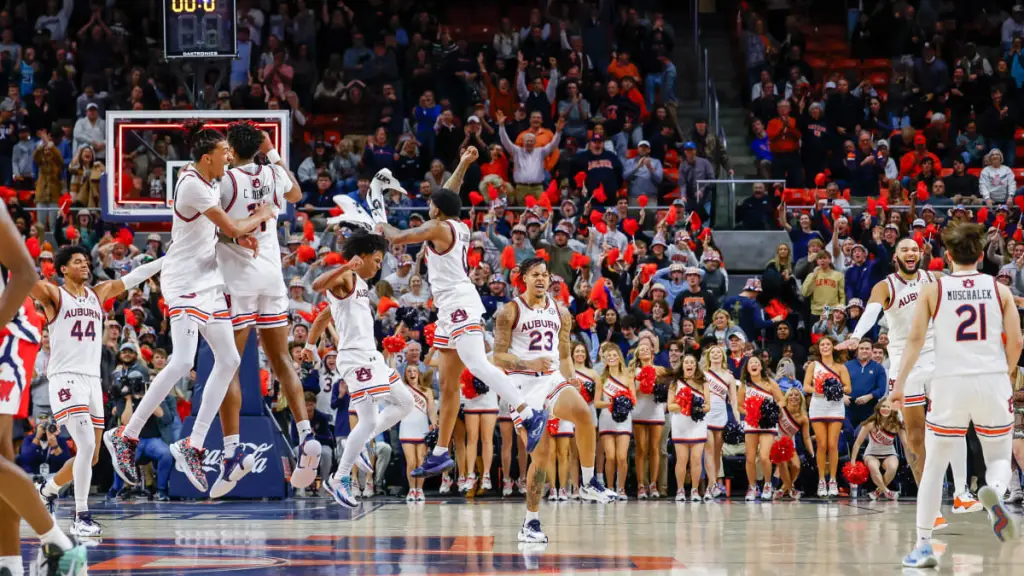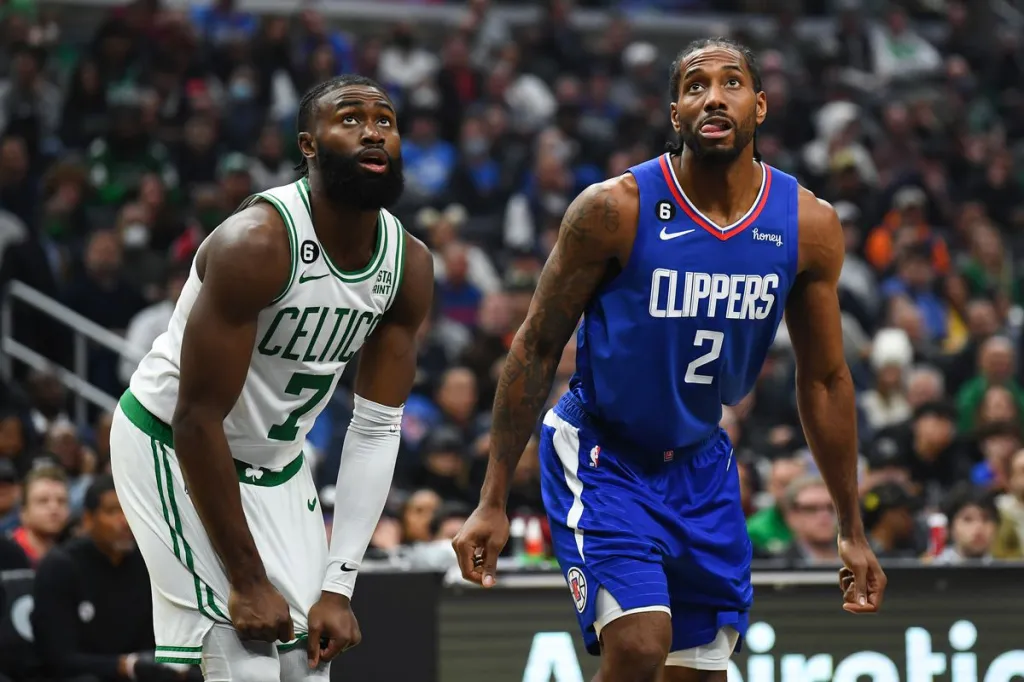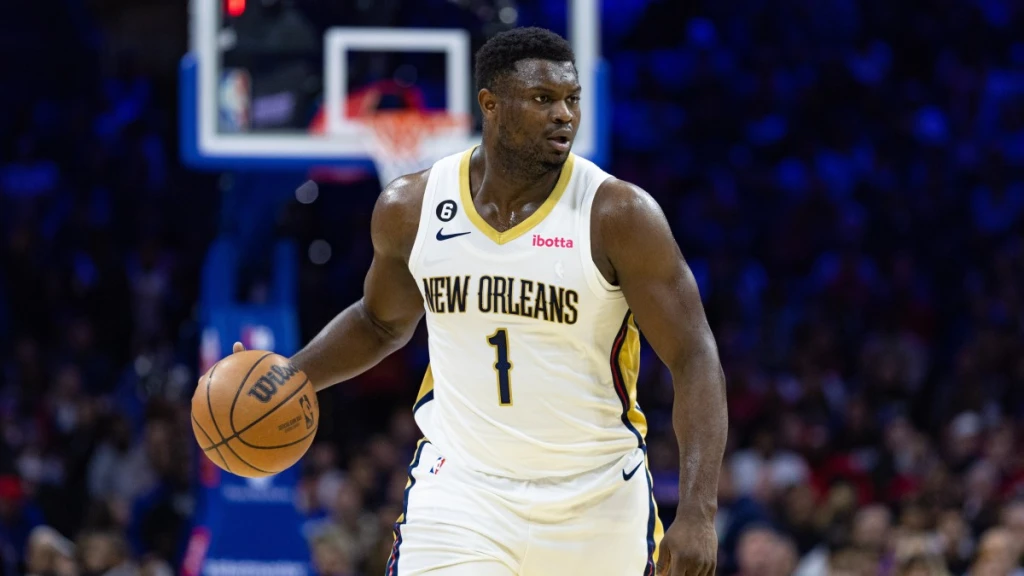The Western Conference Semi Finals between the 1 seed Utah Jazz and the 4 seed Los Angeles Clippers was set up to be an entertaining series. The Jazz had the best record and net rating during the regular season, ranking in the top 4 of both offensive and defensive efficiency, while the Clippers were looking to erase their playoff demons and finally reach the Conference Finals for the first time in franchise history. The Jazz got off to a hot start, winning their first two games at home, but the Clippers responded, winning their two home games as well and tying the series at 2-2. Then stunning news broke, shifting the landscape of the playoffs: Clippers star Kawhi Leonard had a knee injury which would keep him out for an extended period of time. Although the Jazz were the favorites, they lost game 5 at home, going down 2-3 in games. In Game 6, the Jazz looked to be headed back to Utah for a decisive Game 7, being up 72-50 at halftime. After that, disaster struck for the Jazz as they were outscored 47 to 81 in the 2nd half, ending their season and hopes of a championship. The question that many people are wondering is what went so wrong for the Jazz during the 2nd half of Game 6.

Determining the Issues
After being up 72-50 at halftime, the Jazz were outscored 47-81 during the 2nd half, causing them to lose the game. Their 2nd half offensive rating (points per 100 possessions) was 109.6 while their defensive rating was 188.8. In order to determine the issues that caused the Jazz’s offensive and defensive problems, we can investigate their 2nd half performance through the four factors of basketball: shooting (eFG%), turnovers (TOV%), rebounding (ORB% and DRB%), and free throws (FT/FGA). Using the Jazz’s values for these stats on both offense and defense compared to the NBA averages in addition to a multiple linear regression1, I found about how much each factor contributed to the Jazz’s -79.2 2nd half net rating.
Note: Since a linear regression was used to determine these values, the estimated contributions do not add up to -79.2 as the regression was not a perfect fit (although it was close with an r2 of 0.983).

When looking at the four factors for the Jazz on offense and defense, it is easily seen that the Clippers’ shooting is what caused the Jazz’s collapse in the 2nd half of Game 6. The estimated contribution of the Jazz’s defensive eFG% to their 2nd half net rating was -54.48 points, far outweighing every other factor. Based on the regression, if the Jazz held the Clippers to a effective field goal percentage of 0.538 (the NBA average) instead of 0.881, their 2nd half net rating would have been -24.7, which is still very bad but would have been good enough for the Jazz to win the game (the predicted score would have been 119-108).
While the Jazz’s shot defense was the primary issue against the Clippers, their offense also could have been improved. Their biggest issue on offense was turning the ball over, as the Jazz had 10 turnovers in the 2nd half of their Game 6. The turnovers had an estimated contribution of -9.11 net rating points, which is large but not nearly as large as the contribution of the Clippers’ shooting.
Why the Clippers Shot So Well
The Clippers effective field goal percentage (eFG%) against the Jazz in the 2nd half was 0.881, meaning that they averaged 1.762 points per field goal attempt. The Clippers went 16 of 23 (69.6%) on 2-point shots and 14 of 19 (73.7%) from 3 during the 2nd half. The Clippers’ 3-point percentage of 73.7% was more than double the league average during the regular season (36.7%), so the Jazz’s 3-point defense was ultimately the reason that they lost.
The Clippers shot 39 3-point shots in Game 6 against the Jazz. 31 of those shots were off the catch, while the other 8 were pull-up shots. Interestingly, all 20 of the Clippers’ made 3-pointers came on their catch and shoot 3-point attempts. The placement of these shots only made things easier for the Clippers: 22 of their 3-point shots came from the corner, the 2nd most efficient spot on the court (topped only by shots at the rim). Finally, maybe the most important fact about the Clippers’ 3-point attempts was how they were contested (or rather, not contested): 26 of the Clippers’ 39 3-point attempts were wide open shots, meaning that there was no defender within 6 feet of the shooter. The Clippers made the most of their wide open 3s, making 16 of 26 (61.5%) when wide open while converting just 4 of 13 (30.8%) when at least slightly contested. Terance Mann especially hurt the Jazz, going 7 for 10 on wide open 3 point-attempts in Game 6.

Since we have determined that the Clippers succeeded in the 2nd half because of the volume of wide open 3-point shots they were able to take, we can determine that the Jazz struggled to rotate defensively and were unable to contest 3-point attempts, especially in the corners. The Clippers were able to create so many wide open shots because of their driving: on their 49 drives during the entirety of Game 6, the Clippers passed 28 times, leading to 9 assists and just 1 turnover. When a Clippers’ player drove to the rim, he took his defender to the paint and was also met by Rudy Gobert, one of the best shot blockers in the NBA. But instead of trying to shot over or around Gobert, the Clippers’ driver found the open man, passing to the player standing in the corner. Many times, this player stationed in the corner was the player that Rudy Gobert was guarding prior to helping on the drive, creating a vast amount of space for the shooter as Rudy Gobert was in the paint and the Jazz defender on the wing failed to rotate and contest. The Jazz were in a lose-lose situation when the Clippers drove: if Gobert tried to help on the driver, the driver often found the open man on the 3-point line, and if Gobert did not help on the driver, the driver was often times able to make their shot at the rim.

Rudy Gobert was the closest defender on 13 of the 39 3-point shots for the Clippers, and 7 of those shots were made. While Gobert was technically responsible for the player shooting these attempts, other Jazz defenders like Donovan Mitchell, Bojan Bogdanovic, and Joe Ingles were also to blame. All 3 of these players did not do well guarding 3-point attempts themselves, allowing 3 made 3-point shots each. Additionally, none of these players made consistent efforts in the 2nd half to contest or rotate towards the Clipper in the corner when someone drove, leading to so many wide open 3-point attempts. Gobert was left to do a significant portion of the work defensively: Gobert contested 25 of the Clippers’ 48 total contested shots (52.1%) during the game. However, even with 3 defensive player of the year awards to his name, he was unable to help the Jazz because of his defensive role.

The reason that the Jazz had a 4th ranked defensive efficiency in the regular season but an atrocious defensive rating in the 2nd half against the Clippers was mainly because of the role of Rudy Gobert. In the regular season, Rudy Gobert served as an anchor in the paint, preventing shots at the rim, while the other Jazz defenders were responsible for defending the outside shots. During the regular season, just 20% of Gobert’s shots defended came from the 3-point line while 46.4% of the shots he defended were within 6 feet of the rim. However, Gobert’s strengths were neutralized with the Clippers’ lineup. With a lineup of Paul George, Nicolas Batum, Reggie Jackson, Terence Mann, and Marcus Morris, the Clippers had 5 players capable of hitting 3-point shots when open. Therefore, Gobert’s strength of being strong at the rim was not advantageous since the Clippers forced him to have to cover the 3-point line as well. In Game 6, 13 of Gobert’s 28 shots defended (46.4%) were 3-point attempts while just 9 (32.1%) came at the rim.

Utah’s Turnovers
While 3-point defense was the main culprit of the Jazz’s brutal 2nd half, their offensive turnovers did them no favor. In addition to wasting 10 possessions by turning the ball over, the Jazz also allowed the Clippers to get several easy shots off the fast break. In fact, the Clippers scored 19 points off the Jazz’s 10 turnovers. Additionally, the Clippers’ 11-0 run to start the 2nd half was initiated by a turnover from Rudy Gobert on a bad pass.
The players who were most responsible for the costly 2nd half turnovers were Mike Conley, Rudy Gobert, and Bojan Bogdanovic. Conley had 4 of the Jazz’s 10 2nd half turnovers, while Gobert and Bogdanovic each had 2. Conley had 4 turnovers on an estimated 25.7 team possessions in the 2nd half, which means his number of turnovers per 100 team possessions was 15.6. In comparison, the player with the most turnover per 100 possessions in the regular season was Luka Doncic, who averaged 6.1 turnovers per 100 possessions. Even though Conley was not a major part of the Jazz’s defensive problems, he costed the Jazz on offense. Part of this may have been due to his lingering hamstring injury which kept him out of the first five games of the series.

Mike Conley produced the most turnovers for the Jazz in the 2nd half, but he still made some plays as he had a couple of assists. Meanwhile, Rudy Gobert had 2 turnovers without any assists. His first turnover began the Clippers’ 11-0 run, while his second turnover in the 2nd half eliminated a chance to score off an offensive rebound and cut the Clippers’ lead to 1. The two players who were least responsible for the playmaking woes of the Jazz were Donovan Mitchell and Joe Ingles. Mitchell scored or assisted on 9 of the Jazz’s 15 2nd half field goals, and Joe Ingles contributed with 2 assists without a turnover. Nevertheless, the turnovers by the Jazz (specifically Conley and Gobert) did nothing to help stop the Clippers’ 2nd half onslaught.

Conclusion
The Jazz were outscored 47 to 81 in the 2nd half of Game 6 against the Clippers with a shot at a Game 7 on the line. The 3-point defense and offensive turnovers were the reasons for their downfall, allowing the Clippers to come back. The Jazz were unable to defend the Clippers when they drove, as Gobert’s help in the paint and other defenders’ lack of rotation allowed the Clippers to gain 26 uncontested 3-point shots. On offense, turnovers by Mike Conley and Rudy Gobert wasted valuable possessions and also gave the Clippers fast break opportunities to gain easy points. The Jazz had their best chance to win a championship since the days of Karl Malone and John Stockton, but they squandered their shot by giving up a 25 point lead to the Clippers.
Footnotes:
- The regression predicted offensive rating using eFG%, TOV%, ORB%, and FT/FGA as inputs. The contribution was calculated by multiplying the coefficient of the stat by the relative value of the stat compared to the NBA average. For example, the mean NBA eFG% (0.538) was subtracted from the Jazz’s Game 6 eFG% (0.500), then multiplied times the eFG% coefficient in the regression (158.8) to determine the estimated contribution to net rating (-6.02).



